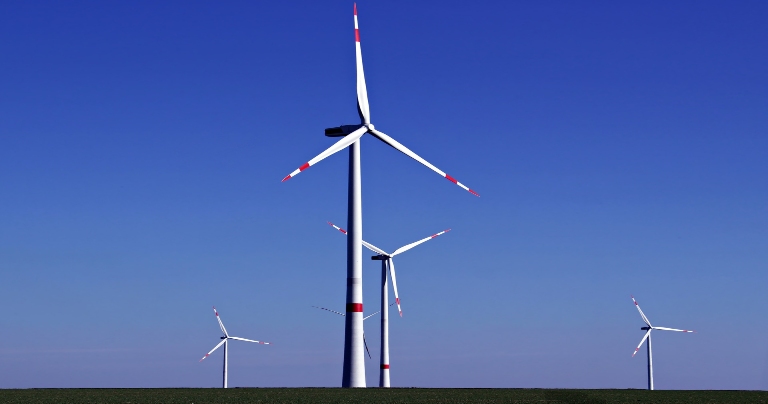ICRA-monitored wind portfolio declines in PLFs in FY-2021
By EPR Magazine Editorial November 13, 2021 3:01 pm IST
By EPR Magazine Editorial November 13, 2021 3:01 pm IST

The credit profile of wind IPPs in FY2021 remained largely stable supported by cash flow buffer, funding support from stronger parent and available liquidity.
The power generation performance of the ICRA-monitored wind power portfolio of 3.2 GW was adversely impacted during FY2021 primarily because of lower wind speeds with only 11 percent of the capacities exceeding their respective P-90 estimates compared to 34 percent and 48 percent in FY-2020 and FY-2019 respectively. The underperformance in generation for some of the wind IPPs can also be attributed to grid curtailments as seen in few states and operating issues for projects with certain OEMs.
Nonetheless, the performance of majority of ICRA-monitored wind IPPs has improved in H1 FY-2022 on a Year-on-Year (Y-o-Y) basis, which is expected to lead to improved wind PLFs in FY2022 over FY2021. On the other hand, the performance of ICRA-monitored solar portfolio of 3.3 GW has been stable with about 52 percent of the sample capacity performing better than the estimated PLF in FY2021, which is like the previous two years.
Commenting further, Girishkumar Kadam, Senior Vice President & Co-Group Head – Corporate ratings, ICRA, said, “The PLF variability risk is relatively lower for solar power projects compared to wind projects as observed from the generation data for ICRA-monitored portfolio over the past few years. Moreover, the wind power projects are exposed to seasonality in generation with majority of the generation reported during the high wind season from May to September. In the context of grid curtailments, which has been also one of the factors for under-performance of wind assets in state of Andhra Pradesh (AP) and Tamil Nadu (TN), the recent rules notified in October 2021 by the Ministry of Power on implementation of ‘must run’ status for wind and solar power plants as well as the order issued by Appellate Tribunal of Electricity (ATE) in August 2021 against grid curtailments in Tamil Nadu remain positive for sector and are likely to act as a deterrent against grid curtailment by state distribution utilities.”
Vikram V, Vice President & Sector Head – Corporate Ratings, ICRA, adds, “The credit metrics for a wind power project remain highly sensitive to its PLF level. For a typical wind power project, a 100-bps reduction in PLF level would impact the debt service coverage ratio of the project by 4-5 bps. Considering a 15-20 percent reduction in generation as observed in few key wind states in FY2021, the DSCR would get impacted by 25-30 bps. Nonetheless, the credit profile of ICRA-rated wind IPPs remained largely stable in FY2021 led by reasonable buffer in cash flows for most IPPs, funding support from parent for assets having a stronger parent and available liquidity cushion.”As the share of generation from wind and solar sources increases in the overall generation mix amid the strong policy push for renewable energy, the augmentation of grid capability including adequate ancillary capacities as well as a focus on round-the-clock (RTC) supply based projects to withstand the generation variability remains important. Further, the thrust on greater flexible operation capability by the conventional power plants remains critical.
For more details and to access the complete report, visit https://www.icraresearch.in/research/ViewResearchReport/4019
We use cookies to personalize your experience. By continuing to visit this website you agree to our Terms & Conditions, Privacy Policy and Cookie Policy.